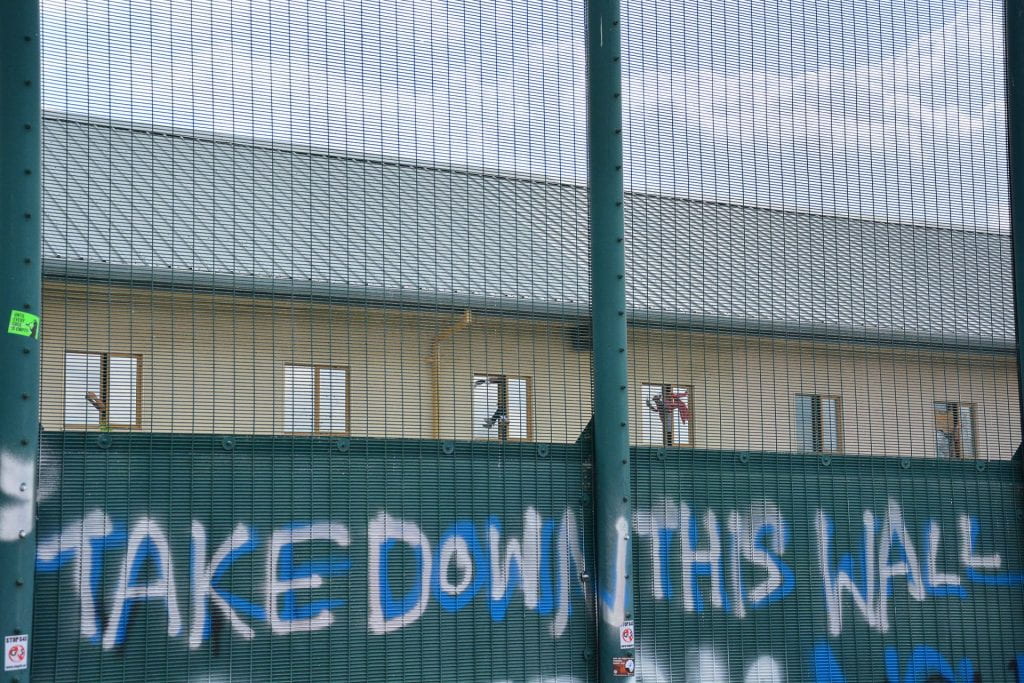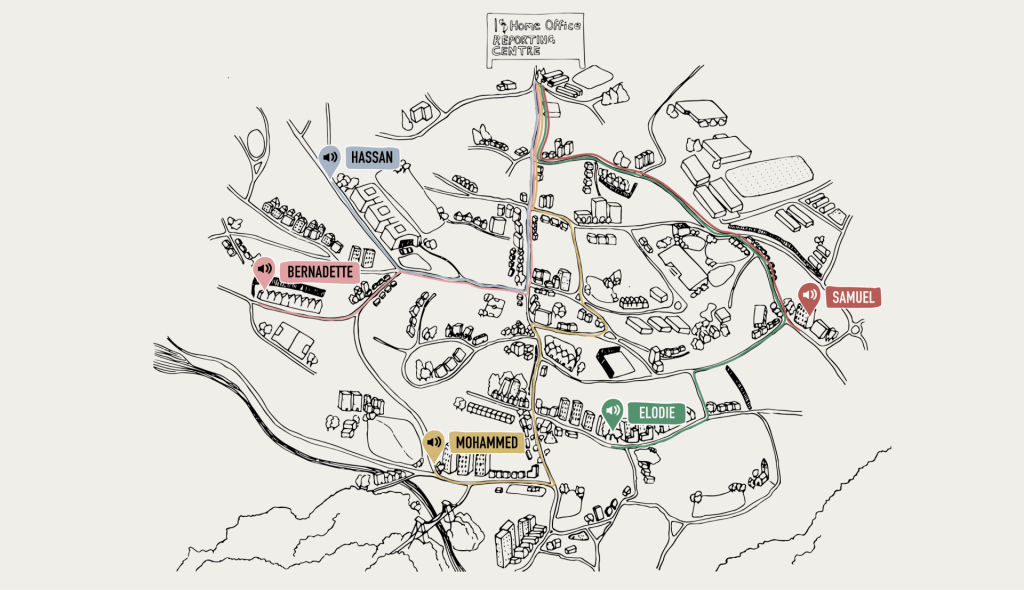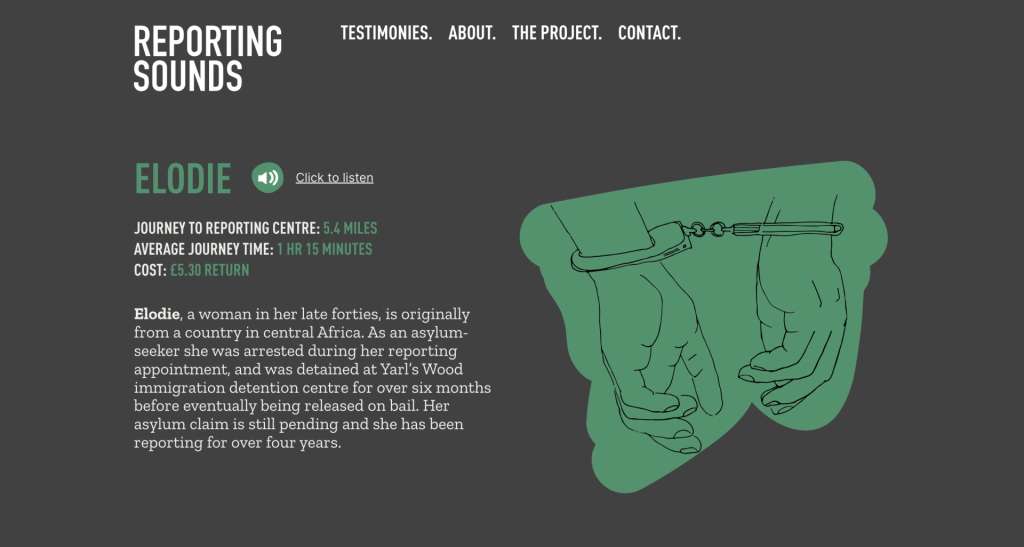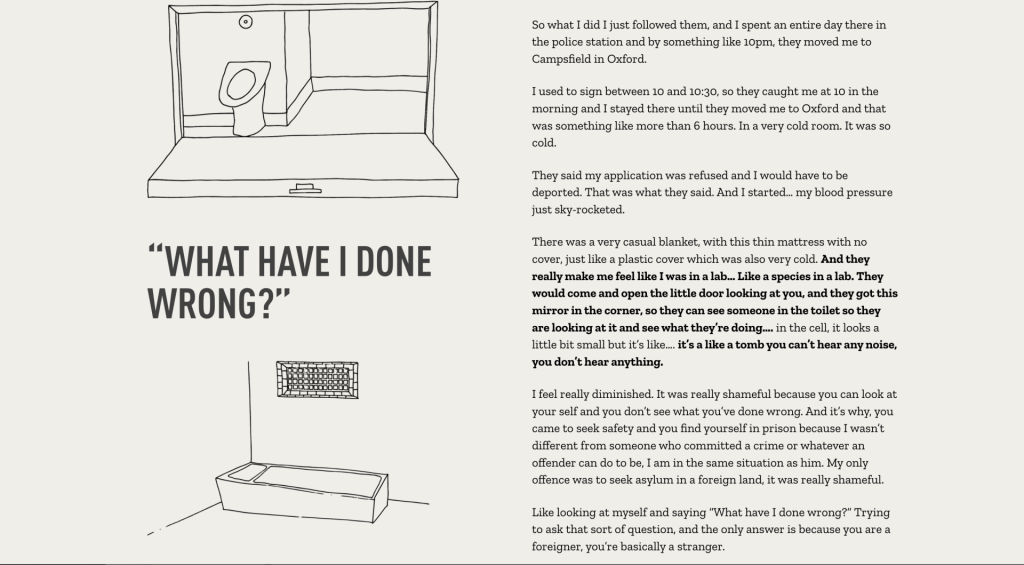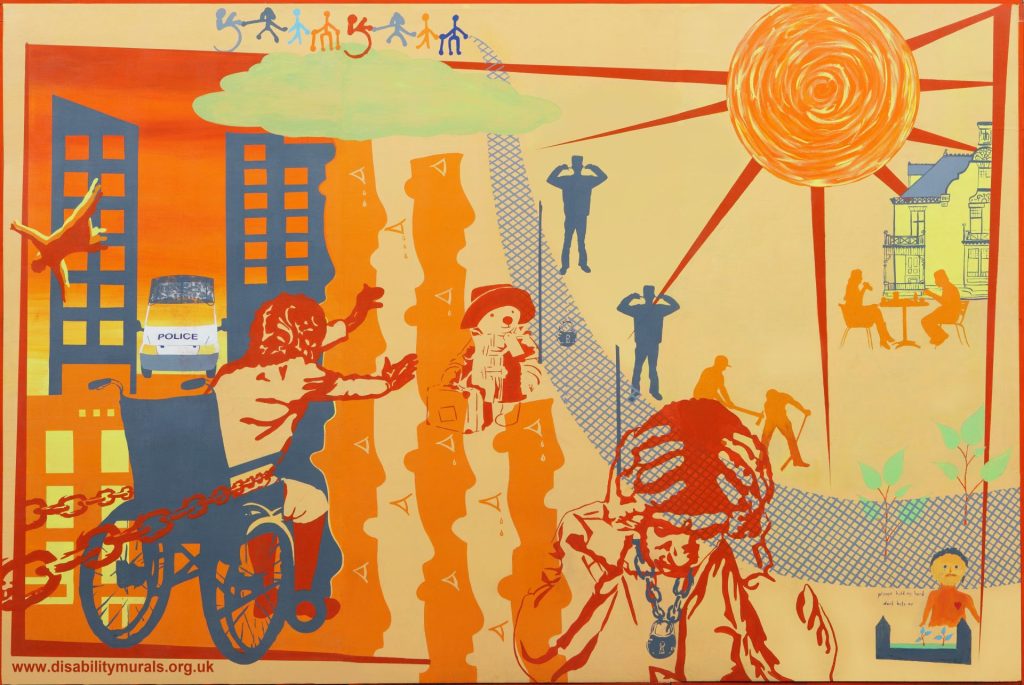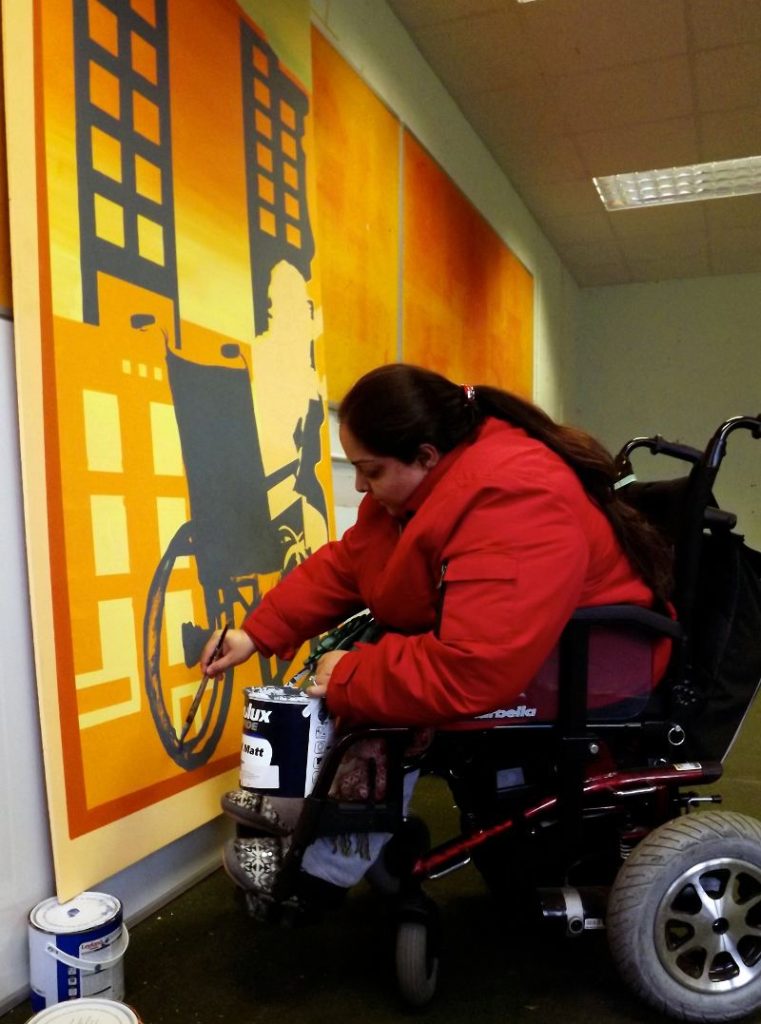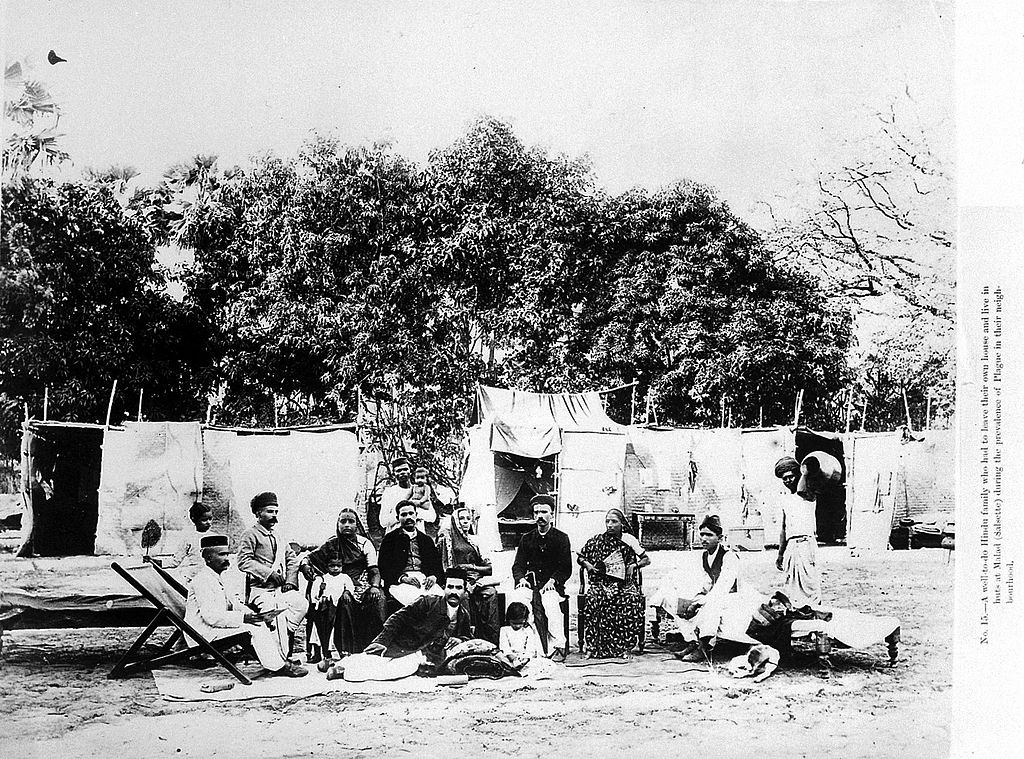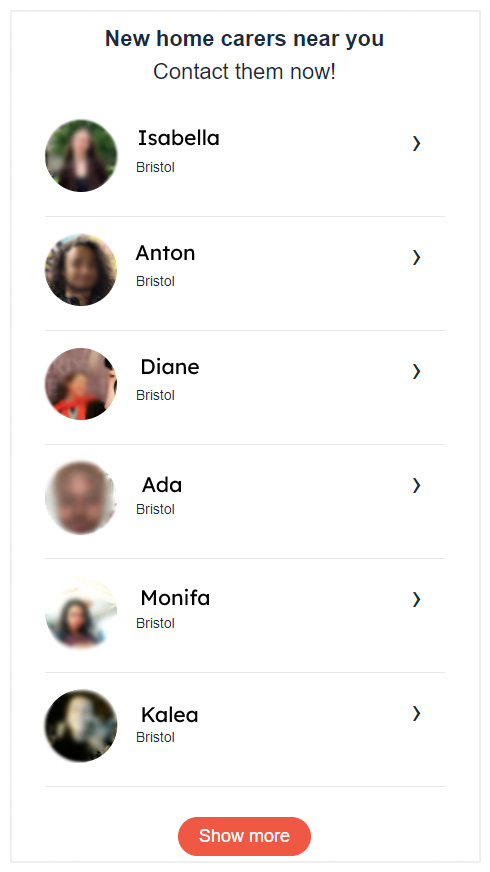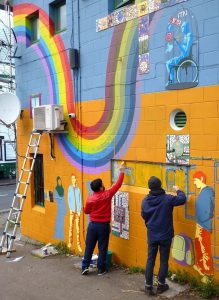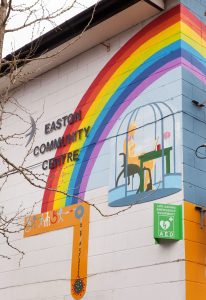By Tom Allport.
Migration to an urban environment in the Global North is often very challenging for families, especially those coming from a culture where it is recognised that ‘it takes a village to raise a child’. As a doctor, I see patients from different parts of Somalia who tell me about life in Somali villages where children often go out and play with each other almost as soon as they can walk. The older children look after the younger ones, and any adult who sees a child lost, not going home when they should, or in need of help will come to their assistance. The rhythm of activities across the day and the year, and mutual expectations of established relationships can help provide a structure within which children have the opportunity to grow up together happily and safely. In a connected community, when someone needs to engage with a government agency, there will always be someone with experience who can tell them how to sort it out or go with them. But for migrants to the Global North, living in our atomised, fragmented society, often after a difficult or traumatic journey to get here, it’s much harder to find a solution.
In our research project ‘Find your village’ – a ten-year collaboration between the University of Bristol and partners in community/voluntary, health and local authority sectors – we have heard many stories of fear, uncertainty and isolation among Somali migrants living in tower blocks in Bristol. Our research highlights the multi-layered challenge of this dramatic change in their lives, starting with the cultural clash of moving from a communal to an individualistic society, with multiple sources of stress and impoverished, frightening environments.

As we wrote in a PolicyBristol briefing about this research, children born in the UK to migrant families, often with poor housing, few resources and a local environment that feels unsafe, may miss out on opportunities to play and interact. This is likely to have serious long-term effects on their development and wellbeing, leading to difficulties with education, employment and risk of crime. Our project therefore has particularly important messages for housing, planning and neighbourhood services, and for early years education and health services. The issues are highly interconnected and require joined-up, sustained thinking and action that builds collaboration and trust. You can hear more about this in our short film ‘Find Your Village’ (2019), made with funding from the University of Bristol’s Brigstow Institute.
My starting point in this research was my experience as a clinician, working as a community paediatrician in Bristol’s multi-cultural inner-city. In this role I have met many children referred to our child development and disability service with a range of developmental difficulties – language and learning difficulties, and questions about possible autism – whose parents had experienced forced or challenging migration. These families have told me many stories about their situations that create barriers for children to play and socially interact, seemingly interconnected with their parents’ experience of connection or isolation. Having spent time as a young adult in East, Central, Southern and West Africa, noticing the sense of connected community, hospitality and generosity in the places I visited, and seeing children confidently out playing together, I started thinking about the welcome, or otherwise, that people coming from such cultures experience in the UK. This developed into the project ‘Find your village’, which is a programme of co-produced research and advocacy seeking to improve early child development, wellbeing and social connectedness for families with migration heritage.
We have recently published a detailed account of one Somali woman’s experience of pregnancy and the transition to motherhood. Attempting to make sense of her experience of isolation and her lack of wellbeing followed by her growing confidence and engagement in community-building, we identified two overarching themes: a ‘vicious circle’ of lack of wellbeing and isolation, and a ‘virtuous circle’ of gaining confidence and engaging with others that placed her at the heart of a committed and caring community. An experience of ‘alignment’ in social relationships appeared to make possible the shift from ‘vicious’ to ‘virtuous’ circle. This account of transformation – from social isolation to community contribution – underlines the role of community organizations facilitating positive social networks and peer support during pregnancy and early motherhood.
As a result of this research we have developed a flexible, co-produced approach to enabling peer support in pregnancy and the early years (the ‘first 1001 days’) for communities and neighbourhoods with migrant heritage, that we have called Find Your Village. The key transferable functions of this approach to peer support are: 1. proactively engaging, enabling and advocating for families; 2. organising group activities; and 3. advocating for neighbourhood environment improvements.
This approach aims to increase families’ sense of supportive community, improve children’s early opportunities for communication, play and interaction, and enable families to reach the services and resources they need. Projects in Bristol run by Barton Hill Activity Club in partnership with Bristol City Family Hubs service, and by Black Mothers Matter are testing this thinking further, and we are seeking funding for formal evaluations and a national Find Your Village network.
The challenges I describe here for both children and parents in migrant heritage communities, with social isolation perhaps a key common pathway within a wider context of deprivation and marginalisation, needs concerted action by communities and agencies. There are likely to be very substantial mutual benefits from early intervention and prevention actions, both for parents/women’s wellbeing and for children’s early development and later multi-sectoral improved outcomes. However, these actions will need targeting and tailoring, crucially building sustained collaboration and trust, and improving local environments, to work effectively. At the same time we believe that British society, and the Global North more generally, have a huge amount to learn from migrants that have recent experience of communal or collective childrearing, perhaps reclaiming a sense of community and freedom to play that was more possible here in previous generations. Current interest in the UK, in Neighbourhood Health Services and in children’s play, looks promising.


